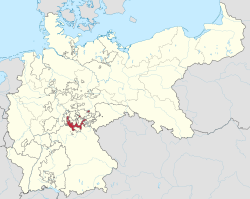You can help expand this article with text translated from the corresponding article in German. (April 2022)Click [show] for important translation instructions.
|
This article needs additional citations for verification .(November 2024) |

All German states have a Landesflagge ( flag of the state , sometimes known as a civil flag ), that may be used by anyone. Some states have another variant, often showing the state coat of arms, called the Dienstflagge (service flag or government flag , sometimes known as a state flag), normally for use by official government offices only. In addition to these flags, in a few states there are variants exclusively for the state senate, or for state-operated ships. In some cases, there are specific flags for high-ranking officials, mainly used as car flags. Frequently, the flags are used in vertical variants.



































































































































